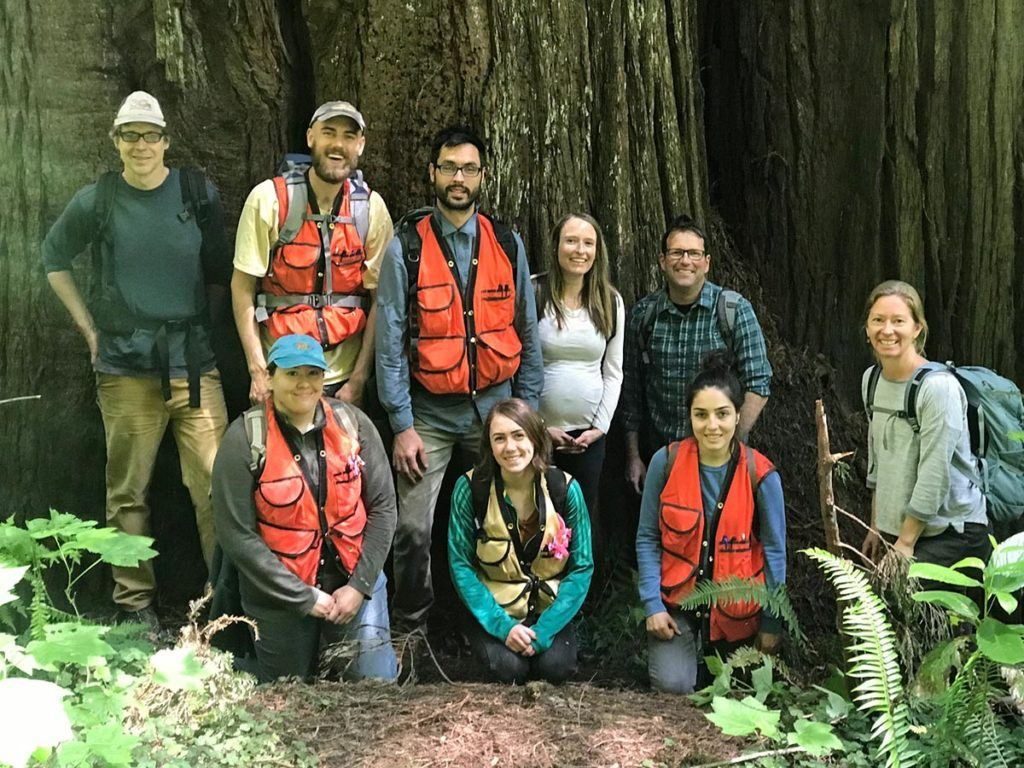Exploring the remnant old-growth of the Humboldt County Headwaters
In late 1985, a family company in Humboldt County was over taken by a large corporation from Texas. Within a few months, the profit-driven Maxxam Corporation submitted (under the name Pacific Lumber) a furtive timber harvest plan with a rush order to log some of the last, largest swaths of remaining old-growth redwoods in the world. Thankfully, a small group of concerned environmentalists were watching. Leading the guard was Greg King who, along with others, organized and Headwaters Forest Campaign which soon became the largest forest protection civil disobedience demonstration in America’s history.
Continue reading “All Species Grove”







